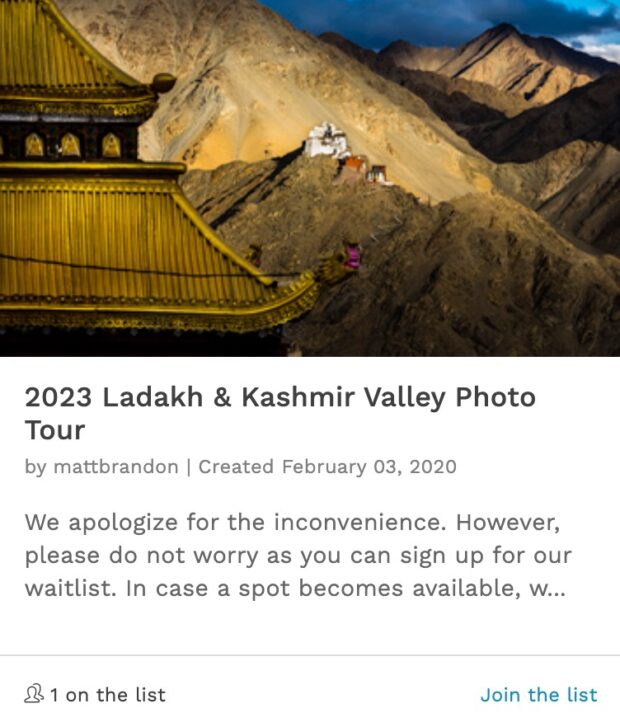
Photo Essay Shot List
When crafting a compelling photo essay, it’s essential to consider both the composition of each shot and its narrative function. This guide presents two complementary shot lists: one focusing on how to shoot (composition) and the other on what to shoot (content).
The Shot Lists
These shots guide your visual approach, ensuring a dynamic and engaging sequence.
-
wide SHOT (WS):
Captures the subject within their entire environment, providing context and scale. Ideal for establishing the setting and showing the subject’s relationship to their surroundings.
-
medium SHOT (MS):
Frames the subject from the waist up, balancing detail and context. Commonly used for interactions and to show body language.
-
close-up SHOT (CU):
Tightly frames the subject’s face or a specific detail, emphasizing emotion or significance.
-
extreme close up SHOT (ECU):
Focuses on a very small detail, such as an eye or a hand, to convey intense emotion or highlight critical elements.
These shot types are not about lens focal length or composition—they’re about the narrative function of each image. Think of them as visual “story beats” that help the plot unfold. Each shot has a purpose in guiding the viewer through your story.
the hero shot:
Also called the lead image, this is the one that grabs attention. It might appear at the beginning, in the middle, or just be used as the thumbnail. What matters is its impact—it should provoke curiosity and pull the viewer into the story.
the establishing shot:
This is typically a wide shot that sets the scene. It gives context by showing where the story takes place—geography, culture, or environment. Like the opening paragraph in a novel, it visually says, “Here’s where we are.” You’ll often use this at the beginning of the essay or to signal a change in location or chapter of the story.
the character-in-context shot:
This introduces your subject in their space, doing something meaningful. It’s a shot that shows who they are and what they’re doing. Not a close-up and not a wide scenic—it’s balanced to show the subject in action within their environment. Think of it as the visual equivalent of “show, don’t tell.”
the detail shot:
These are the close-ups that give texture and richness to the story. Hands, tools, signs, fabrics—details that add a sense of place or mood. They’re not about coverage, they’re about intimacy. Without these, your story can feel generic or flat.
the portrait shot:
A portrait or headshot. Often an environmental portrait. This introduces us to your characters. It personalizes them. Makes them human. With that said, this might not be a person, it could be an animal.
the gesture:
Sometimes called the “exchange shot,” this image captures interaction—between people, or between subject and task. It might be movement, emotion, or eye contact. It adds life and flow, breaking up a sequence of still or static frames. This is where your viewer feels like they’re watching life unfold.
the closure:
This is your parting image—the visual resolution. It might suggest peace, change, loss, or hope. Like the final paragraph in a story, it should leave the viewer with emotional closure. “Riding off into the sunset” is a cliché for a reason—it works.






